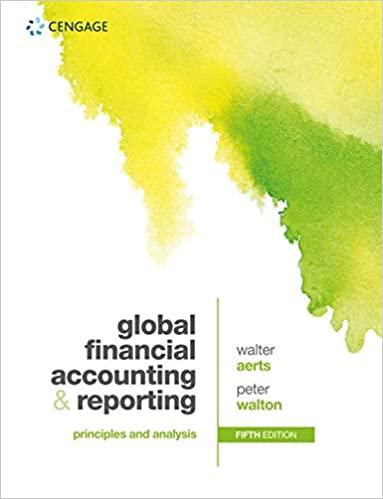Question
The question: As you're discussing this very topic at the tennis club, expect the question: Interest rates are on the rise. By buying preferred stock
The question:
As you're discussing this very topic at the tennis club, expect the question: Interest rates are on the rise. By buying preferred stock as an income generator, wouldn't I be setting myself up for losing money? (Follow the logic behind the question: As rates on other investments rise, the preferred dividends might begin to look less advantageous by comparison.)
The short answer:
Not necessarily. "For investors with the primary investment objective of income, diversifying their income stream with Preferreds makes sense even in what is expected to be a rising rate environment," comments JR Humphreys, CFA, CAIA, and Senior Portfolio Manager at Sheaff Brock Investment Advisors.
The long answer:
- Preferred stock actually has a very low correlation with bondsmeaning prices of Preferreds have not moved in tandem with bonds. Historically, Preferreds have offered diversification benefits as historical correlations with common stocks and bonds for the past 10 years have been .54 and .26 respectively (1 is perfect correlation).
- Preferred stock has been highly concentrated in financials such as banks and insurance companies. When rates rise, banks are induced to lend more money, increasing capital flow into the economy. With the U.S. interest rates being among the highest in the world, foreign demand for our securities is high, Sheaff Brock Preferred Income portfolio manager Humphreys explains.
- The new cap on state and local income tax deductions might lead some municipalities to issue fewer bonds, which may trigger more demand for higher after-tax income from preferred stock.
- The current increase in interest rates is actually the result of an improving economy. That, along with lower corporate tax rates, might improve the credit ratings of many corporate entities, increasing the value of their preferred equity along with the common stock.
The Sheaff Brock Preferred Income portfolio is an actively managed strategy with the primary goal of generating income. Humphreys explains that when selecting preferred securities, it is important that the portfolio of preferred securities offer the opportunity to generate consistent income, and that the preferred allocation can complement other income-generating investment in a diversified portfolio.
Part 2:
Write about what you learned from the lecture, reading assignment, and the discussions you participated in during the week. You must also give an example of how a topic we covered during the week applies to a real-world scenario in either your professional or personal life.
Step by Step Solution
There are 3 Steps involved in it
Step: 1

Get Instant Access to Expert-Tailored Solutions
See step-by-step solutions with expert insights and AI powered tools for academic success
Step: 2

Step: 3

Ace Your Homework with AI
Get the answers you need in no time with our AI-driven, step-by-step assistance
Get Started


